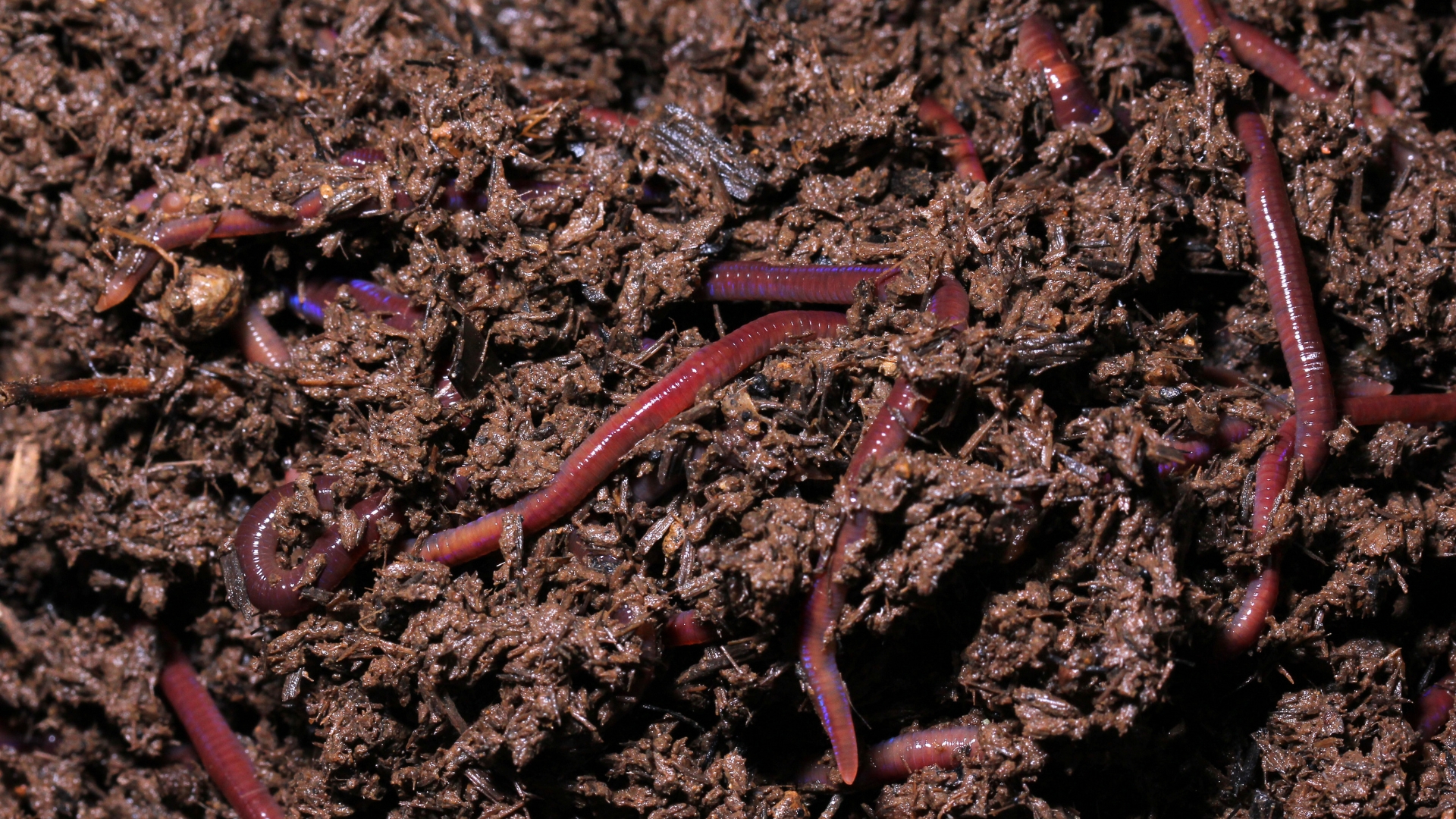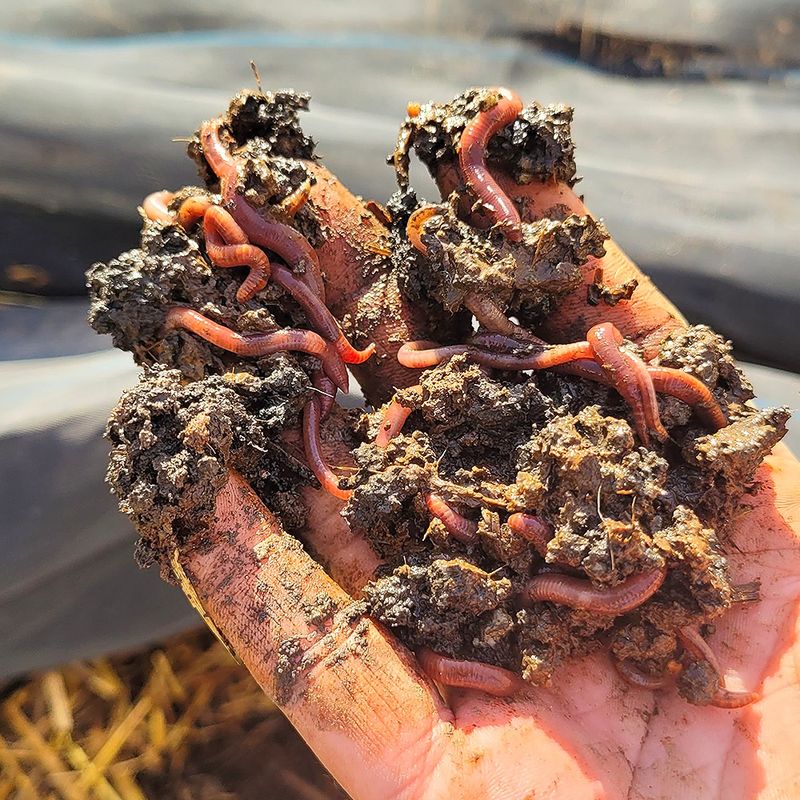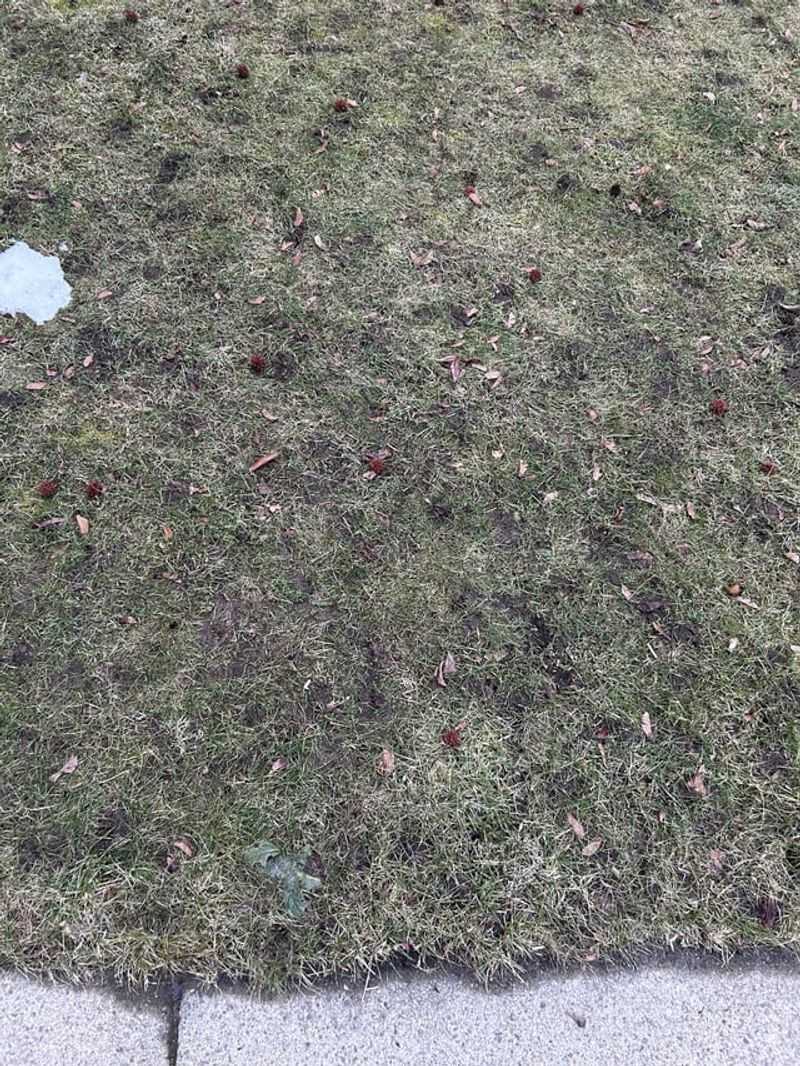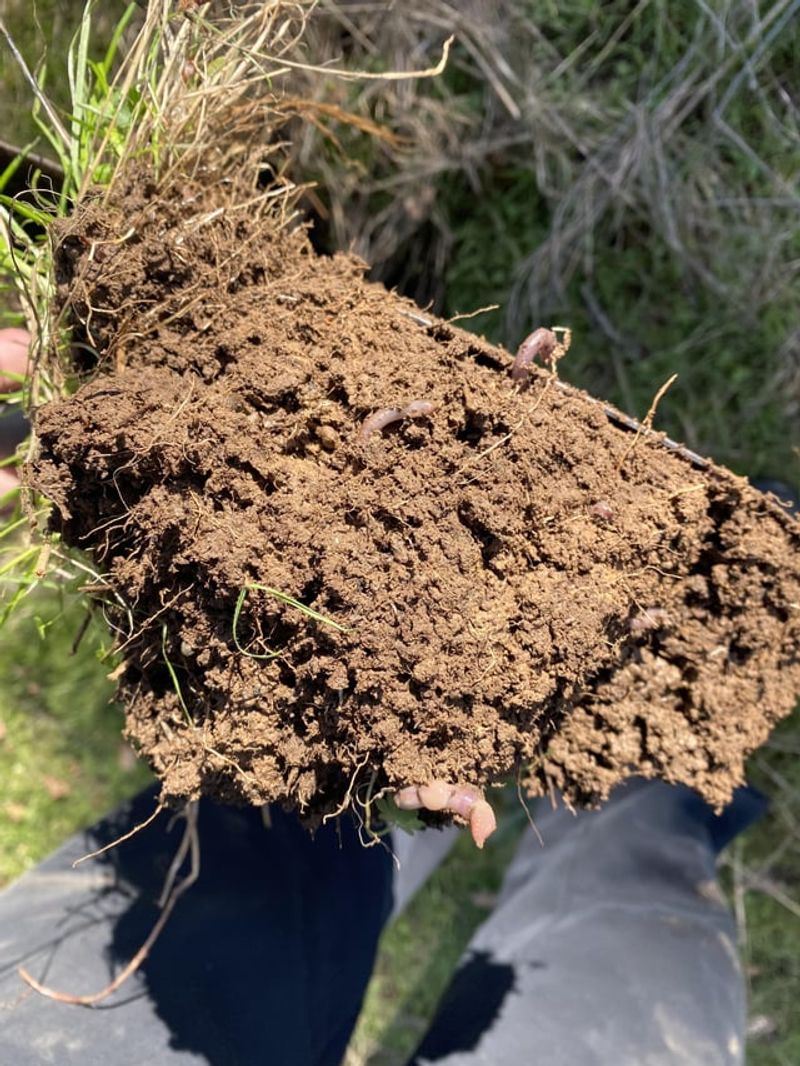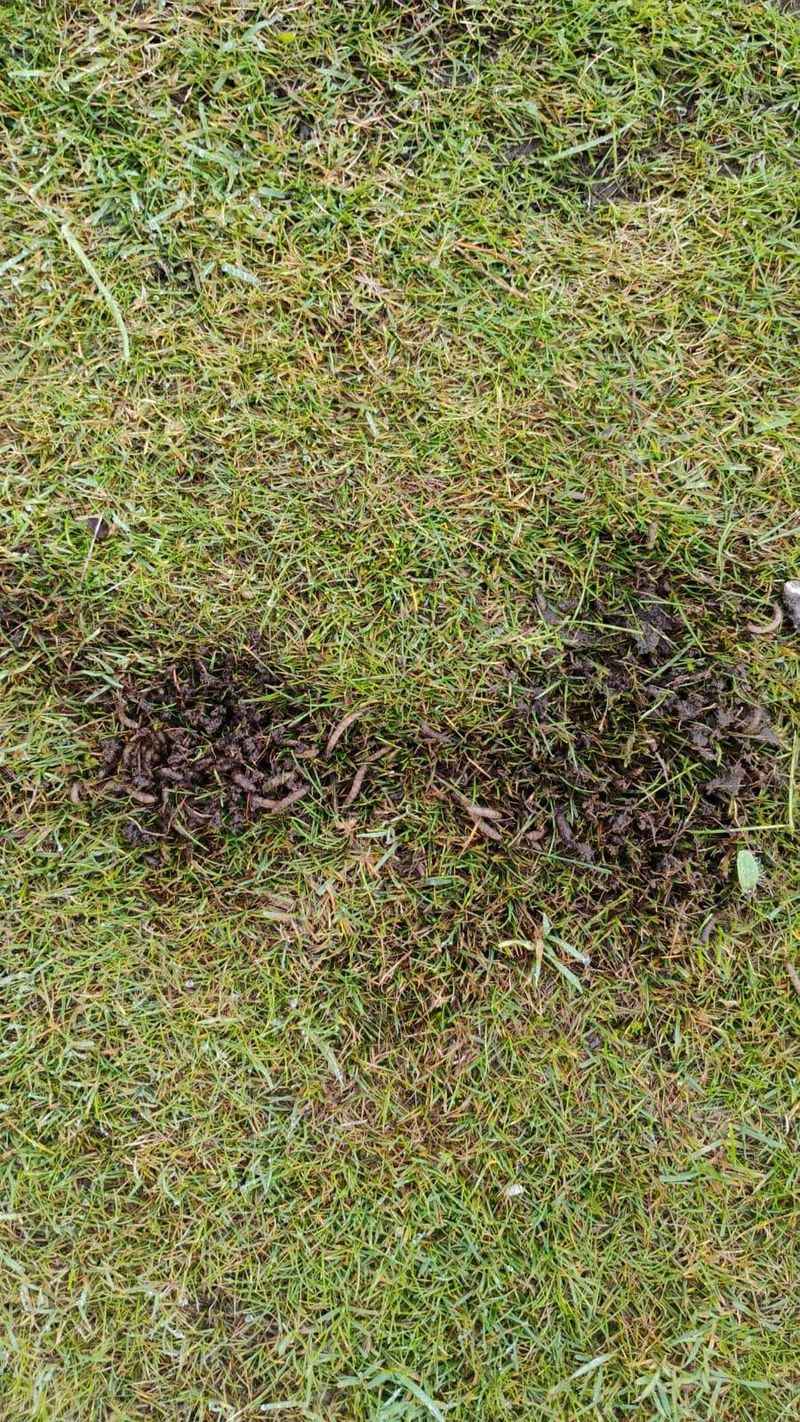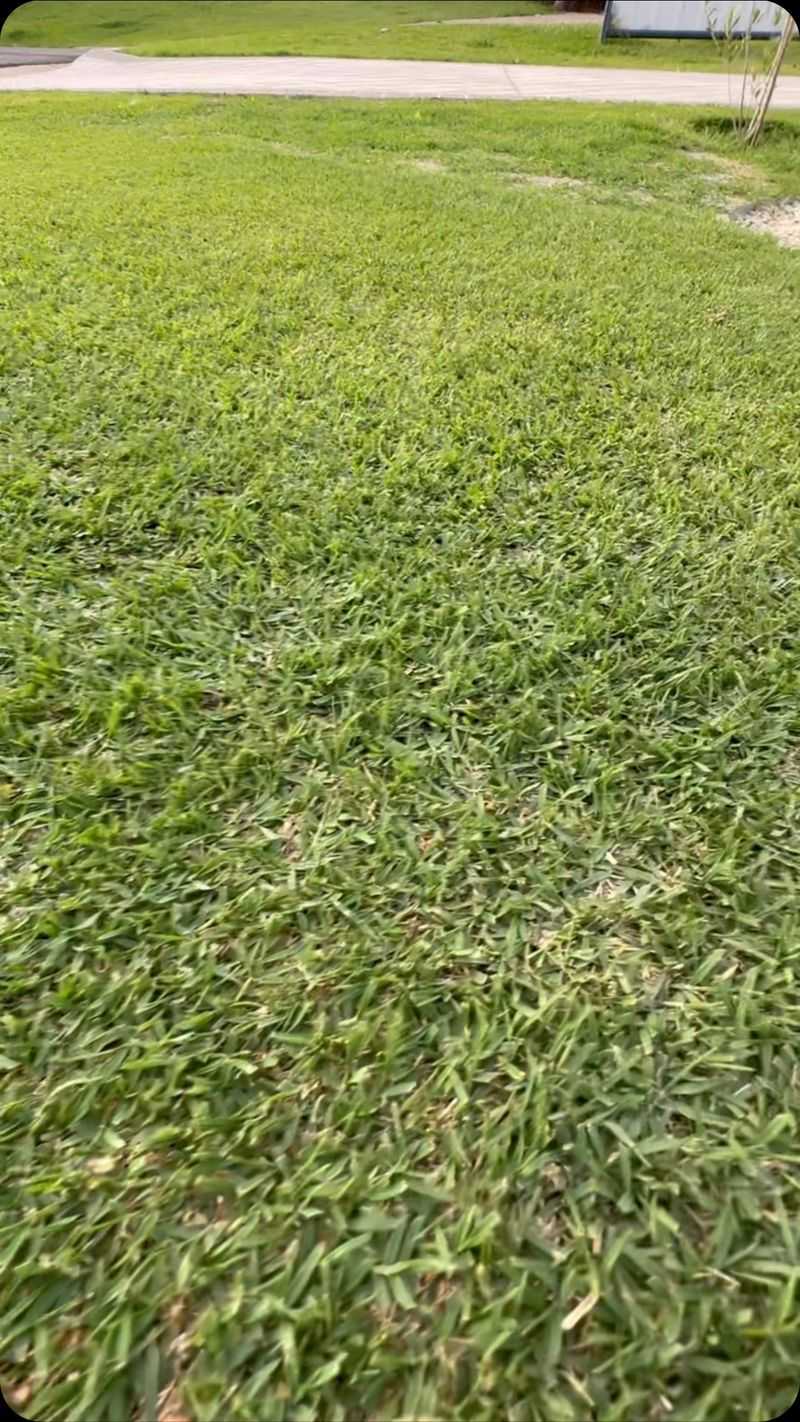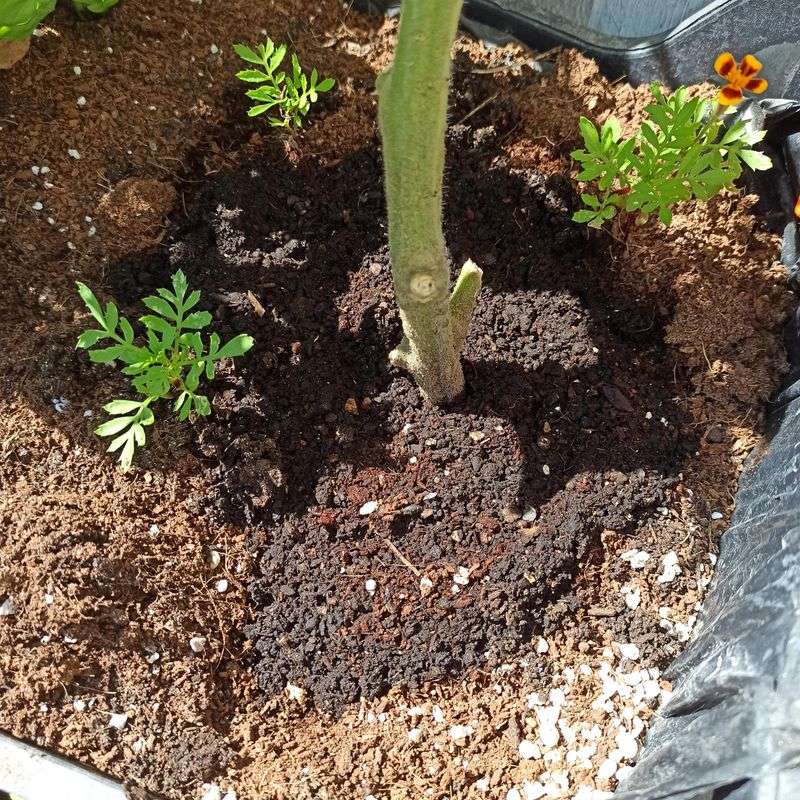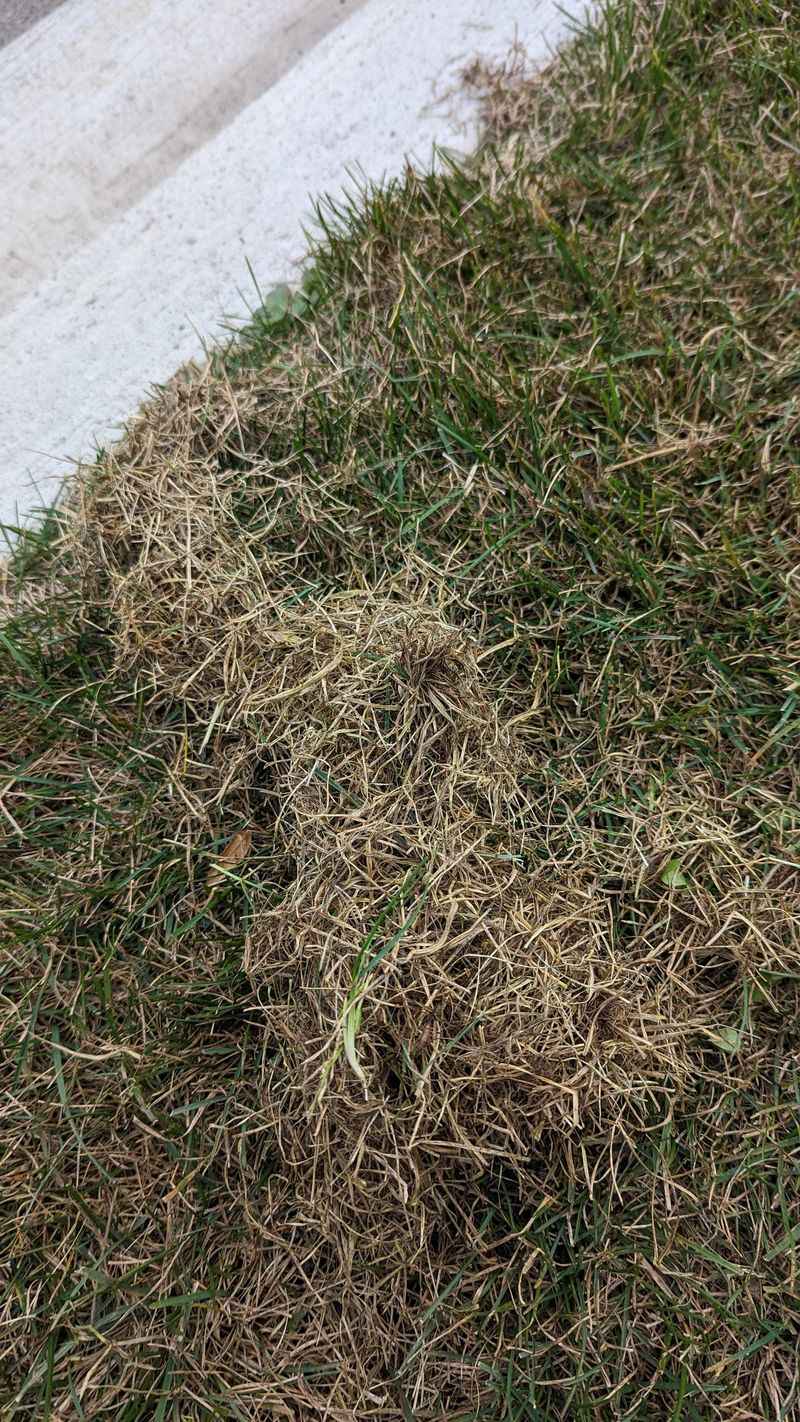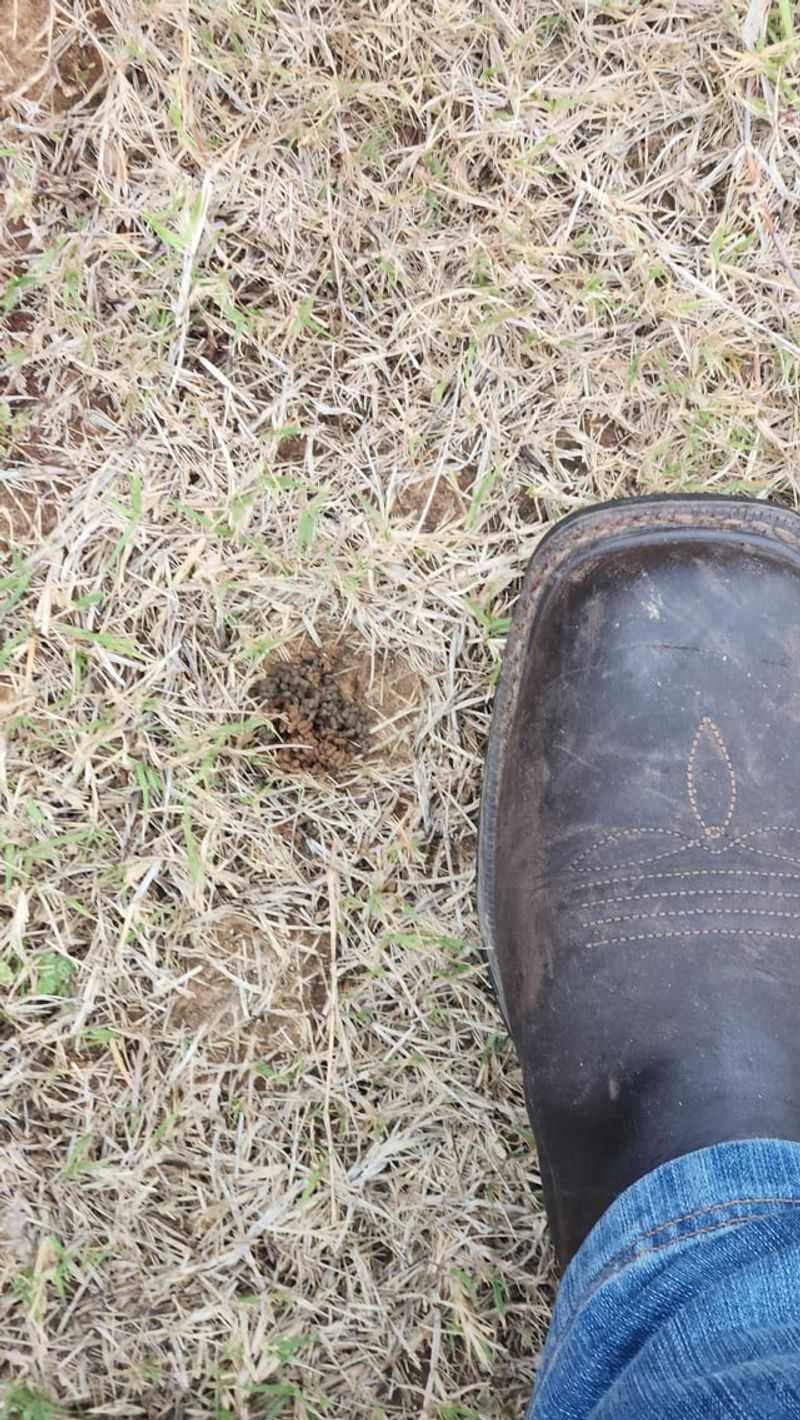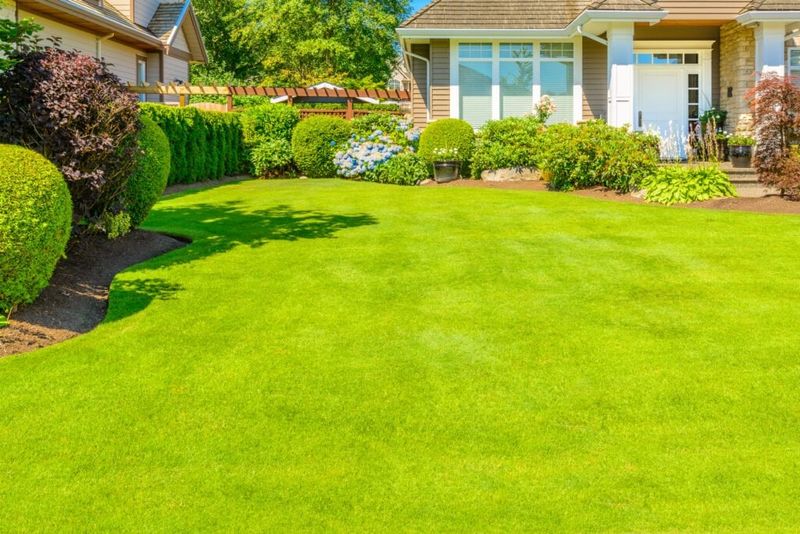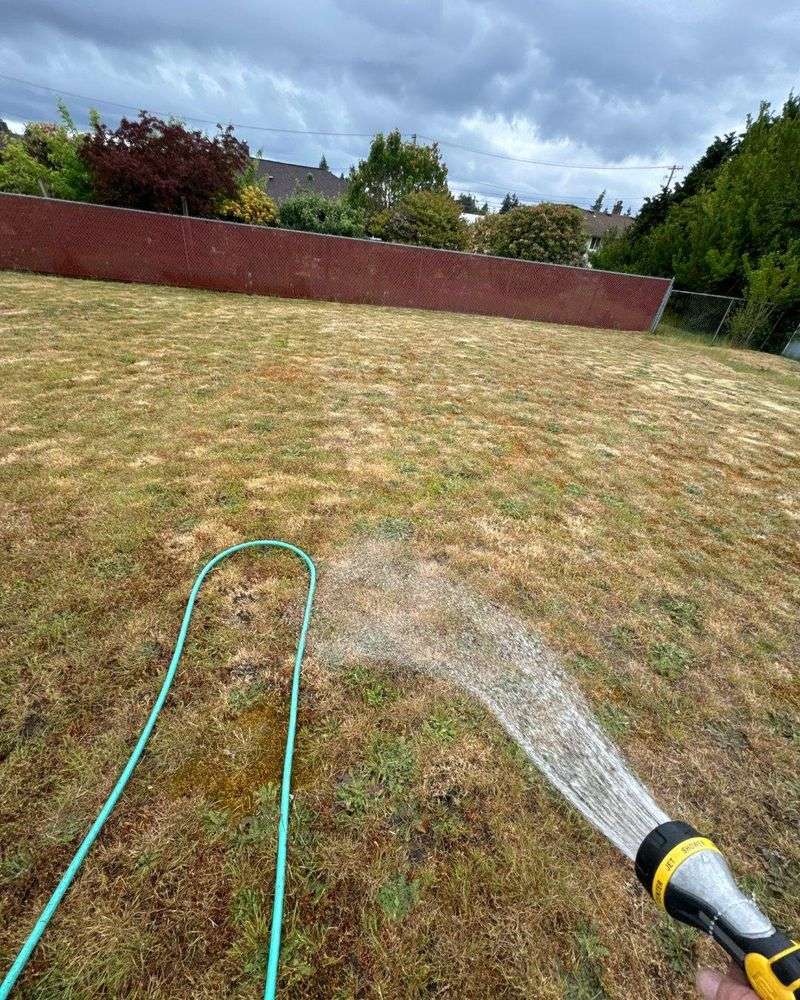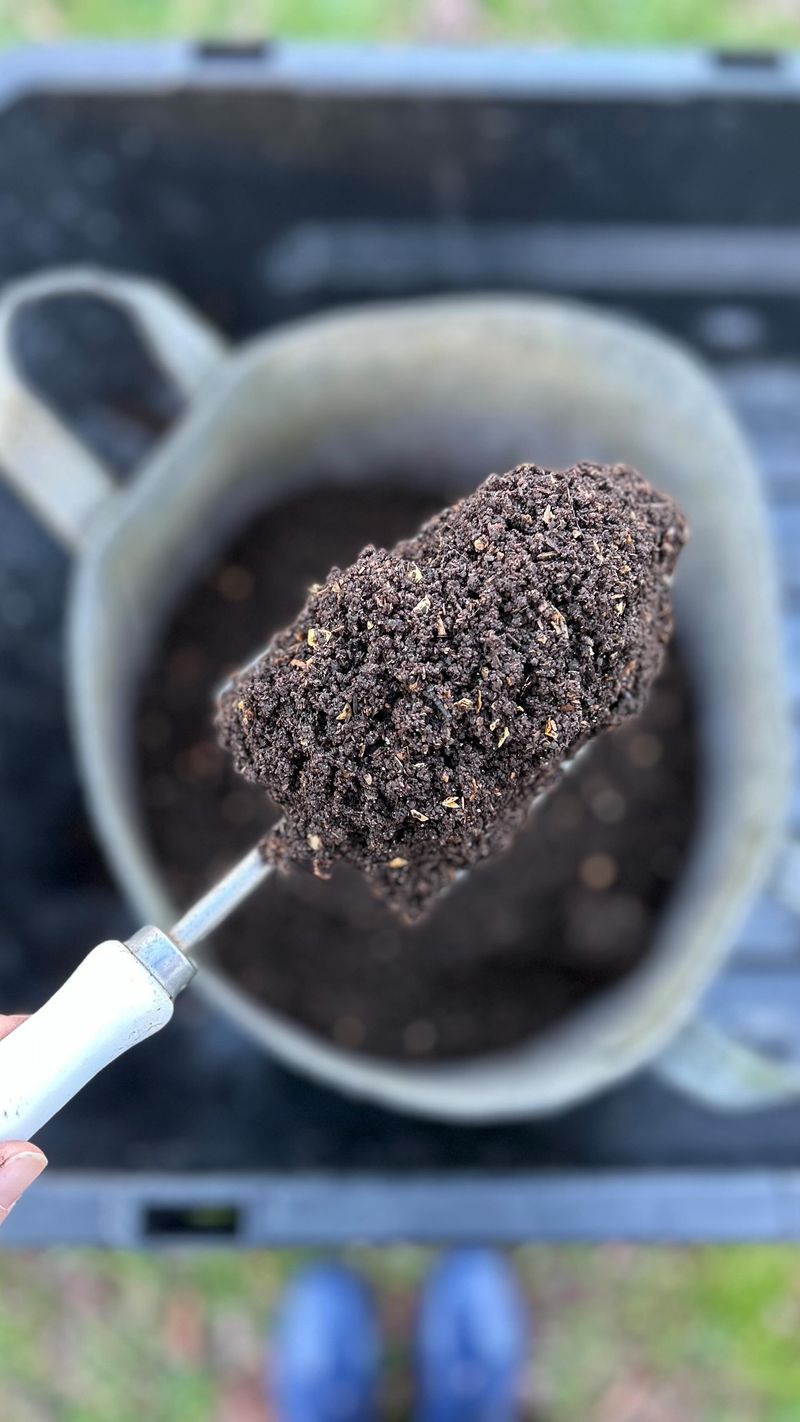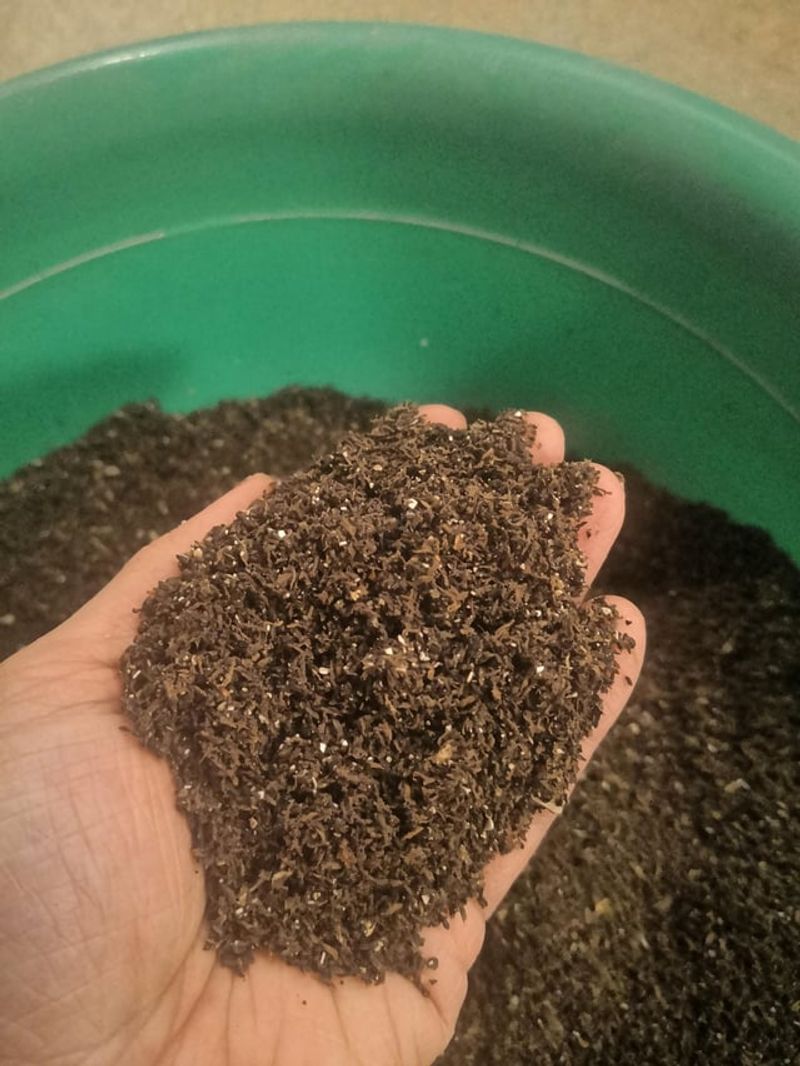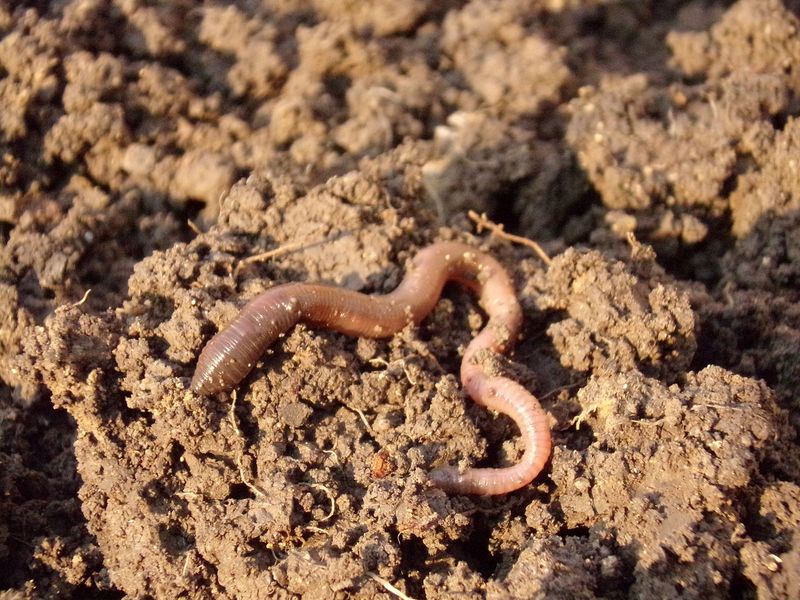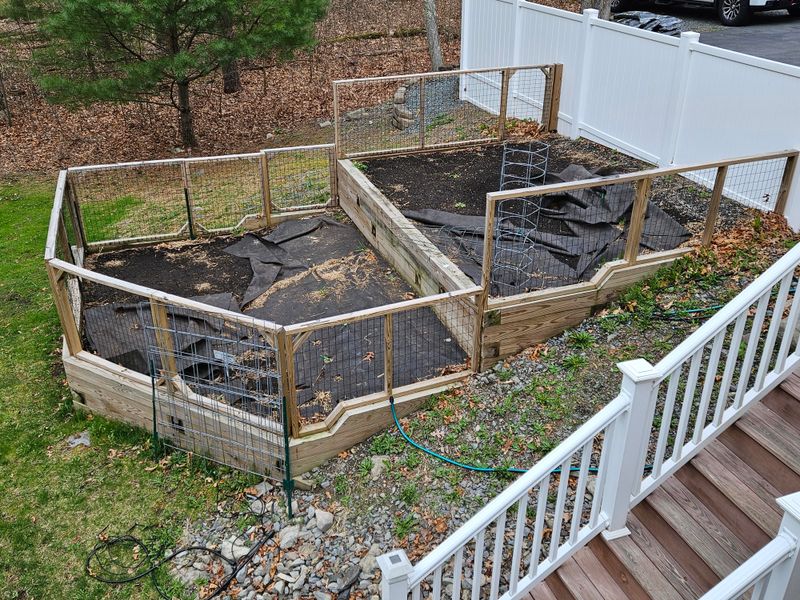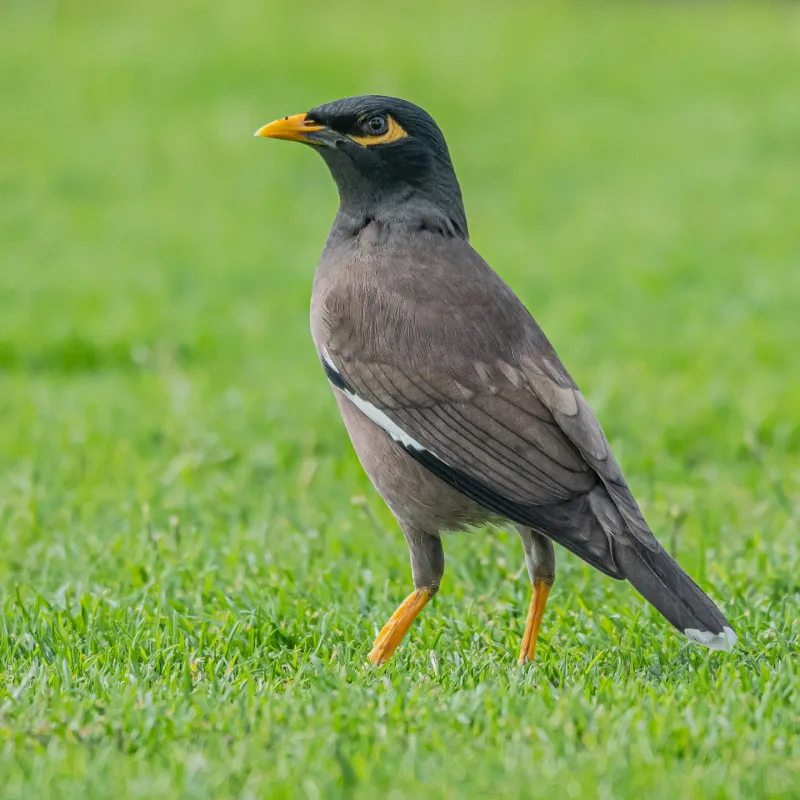Worm casts might not win any beauty contests, but they’re secretly working hard to boost your lawn’s health. These 7 benefits show just how valuable those little piles can be for soil and grass growth.
Plus, I’ll share some clever ways to handle the less attractive parts so your yard stays looking great. Understanding worms a bit better might just change the way you see your lawn.
Let’s explore how these tiny helpers make a big difference!
1. Natural Soil Aeration
Earthworms create tiny tunnels as they move through soil, allowing oxygen to reach grass roots more effectively. These natural pathways help break up compacted soil without any work from you.
The improved air circulation strengthens root systems and creates healthier grass that stands up better to drought and foot traffic. Think of worms as your free, round-the-clock lawn aerators!
2. Nutrient-Rich Fertilizer
Worm castings contain nitrogen, phosphorus, and potassium – the same essential nutrients found in store-bought fertilizers. The difference? These nutrients come in a slow-release form that won’t burn your grass or leach away quickly.
Your lawn absorbs these natural nutrients gradually, promoting steady, healthy growth rather than quick spurts followed by hunger. Nature’s fertilizer delivery system works perfectly without any chemical additives!
3. Improved Soil Structure
Castings bind soil particles together, creating the crumbly, porous texture gardeners dream about. This improved structure helps sandy soils retain moisture and clay soils drain better – a win either way!
The restructured soil becomes more drought-resistant and less prone to becoming waterlogged. Plant roots can spread more easily through this ideal growing medium, resulting in a more resilient lawn throughout changing seasons.
4. Beneficial Microorganism Boost
Worm guts are like tiny microbe factories, introducing beneficial bacteria and fungi to your soil. These microscopic helpers break down organic matter and make nutrients more available to grass roots.
A teaspoon of castings can contain billions of these beneficial organisms! This microbial diversity creates a healthier soil ecosystem that naturally suppresses many lawn diseases and pests, reducing the need for chemical treatments.
5. Natural pH Balancer
Worm castings naturally buffer soil pH, helping maintain the slightly acidic conditions most lawn grasses prefer. This natural balancing act happens without you needing to apply lime or sulfur products.
The enzymes in worm digestive systems neutralize many soil contaminants too. Your lawn benefits from this automatic pH regulation system that keeps grass in its optimal growing environment year-round.
6. Water Retention Improvement
Castings can hold water up to 10 times their weight, creating moisture reservoirs throughout your soil. During dry spells, this stored water becomes available to grass roots, reducing drought stress.
The sponge-like quality of worm castings means less watering for you and fewer puddles after rain. Your lawn stays more consistently hydrated even as weather conditions change, saving water and keeping grass greener.
7. Thatch Reduction
Earthworms love eating dead grass material that would otherwise become thatch. Their activity helps break down this layer naturally, preventing the buildup that can suffocate your lawn.
The enzymes in worm digestive systems speed up decomposition of organic matter. This natural thatch management means you’ll rarely need mechanical dethatching, saving your back and your wallet while maintaining lawn health.
8. Brush Away Surface Casts
When worm casts appear on your lawn surface, wait until they’re dry before taking action. A stiff broom or rake brushed gently across the lawn will break up and distribute the castings evenly.
This simple technique turns a potential eyesore into free fertilizer spread across your grass. The dried castings crumble easily and disappear into the lawn, leaving no trace while still providing their benefits.
9. Mowing Height Adjustment
Raising your mower blade slightly helps hide worm casts among taller grass blades. The extra height—just half an inch more than usual—can make a big difference in how noticeable the castings appear.
Taller grass also creates better conditions for earthworms by keeping soil cooler and moister. This small adjustment benefits both your lawn’s appearance and the worm population working below the surface.
10. Strategic Watering Practices
Worms typically cast more after rain or watering. Planning your irrigation for early morning gives castings time to dry during the day, making them easier to manage before evening activities.
Avoid overwatering, which drives worms to the surface in large numbers. A deep watering once or twice weekly is better than daily light sprinkles both for your grass and for keeping excessive casting activity under control.
11. Seasonal Cast Management
Worm casting activity peaks in spring and fall when soil moisture and temperatures are ideal. Plan your lawn maintenance calendar around these natural cycles to stay ahead of casting buildup.
A light power raking in early spring can help distribute winter castings before they become eyesores. Similarly, a fall lawn care routine that includes cast management prepares your yard to look its best during prime outdoor seasons.
12. Soil Moisture Control
Maintaining even soil moisture helps regulate worm activity. Areas that stay consistently soggy will attract more worms and result in more surface castings than well-drained spots.
Address drainage issues in low spots by adding organic matter or installing drainage solutions. Balancing your soil’s moisture content creates ideal conditions for both your grass and a manageable worm population that works without creating excessive surface mess.
13. Rolling Technique
A light lawn roller can flatten fresh castings back into the soil surface after rain. This technique works best when castings are slightly moist but not wet enough to smear or compact.
Use only a lightweight roller to avoid soil compaction issues. The gentle pressure spreads nutrients while eliminating bumps, creating a smooth surface for mowing and recreation without removing the beneficial castings from your lawn.
14. Topdressing Strategy
Apply a thin layer of compost or fine sand as topdressing to blend with worm castings. This camouflages the dark casting piles while adding even more benefits to your soil.
Spring and fall are ideal times for topdressing. The additional organic matter encourages more worm activity below the surface rather than on top, ultimately reducing visible castings while maximizing their underground soil-building work.
15. Natural Predator Balance
Birds are natural worm predators that help control earthworm populations. Installing bird feeders or baths can attract these helpful visitors to feast on surface-active worms.
Creating habitat for ground beetles also helps maintain balance. These beneficial insects prey on worm eggs and young worms without harming your lawn. A natural ecosystem approach keeps worm numbers in check without chemicals.

